



India is testing a new Cell Broadcast System, developed by C-DOT, to deliver real-time disaster alerts to mobile users in specific areas, complementing the existing SACHET system. Unlike SMS, it broadcasts instantly to all phones, even in congested networks, enhancing emergency communication for events like earthquakes and tsunamis, aiming for broad, inclusive public reach.

Copyright infringement not intended
Picture Courtesy: PUNE NOW
The Department of Telecommunications (DoT) in collaboration with the National Disaster Management Authority (NDMA) enhances mobile-enabled disaster communication systems across the country to provide timely information to citizens.
It is a specialized technology used by mobile network operators to send text messages to mobile users within a defined geographical area.
Mechanism => Unlike standard SMS messages that are sent individually, CB messages are "broadcast" from cell towers to all active mobile phones connected to those towers in a specific region.
Indigenous Development => The system is being developed indigenously by the Centre for Development of Telematics (C-DOT), highlighting India's self-reliance in critical technologies.
Rapid Delivery => CB messages are broadcast to all mobile phones in a specific area almost instantly. This ensures rapid delivery even when network congestion might delay SMS messages.
Guaranteed Reach => Since it's a broadcast, every mobile phone within the target cell tower's range receives the alert, unlike SMS which might sometimes fail or be delayed.
No Network Congestion Impact => It is designed to work efficiently even in situations where network traffic is very high, which is common during emergencies.
Enhancing Emergency Communication => It aims to significantly improve how quickly and effectively citizens receive warnings during various emergencies.
Types of Alerts => The system will be used for alerts regarding:
Public Safety => This technology will allow authorities to reach a large number of people in an affected area instantly, allowing them to take timely protective actions.
The Cell Broadcasting System is not replacing, but rather complementing, India's existing alert mechanisms.
Integrated Alert System (SACHET) => This system is already operational and utilizes the Common Alerting Protocol (CAP), a standard recommended by the International Telecommunication Union (ITU).
SACHET's Reach => SACHET has successfully delivered over 6,899 crore SMS alerts in more than 19 Indian languages across all 36 States and Union Territories.
The new CB system will work in conjunction with SACHET, providing an additional, more robust, and instantaneous channel for emergency communication.
Source:
|
PRACTICE QUESTION Q. Discuss the concept of "disaster resilience" and its importance in urban planning, especially in rapidly growing Indian cities. What specific measures can be adopted to enhance urban resilience against various disasters? 250 words |
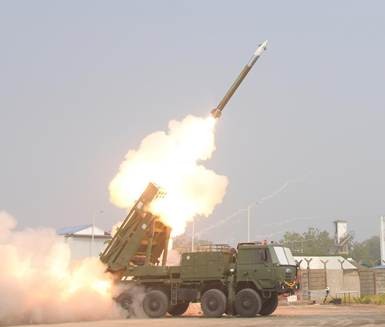
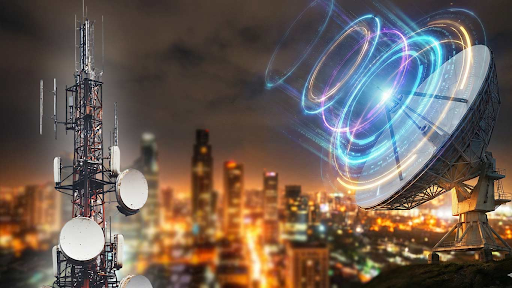
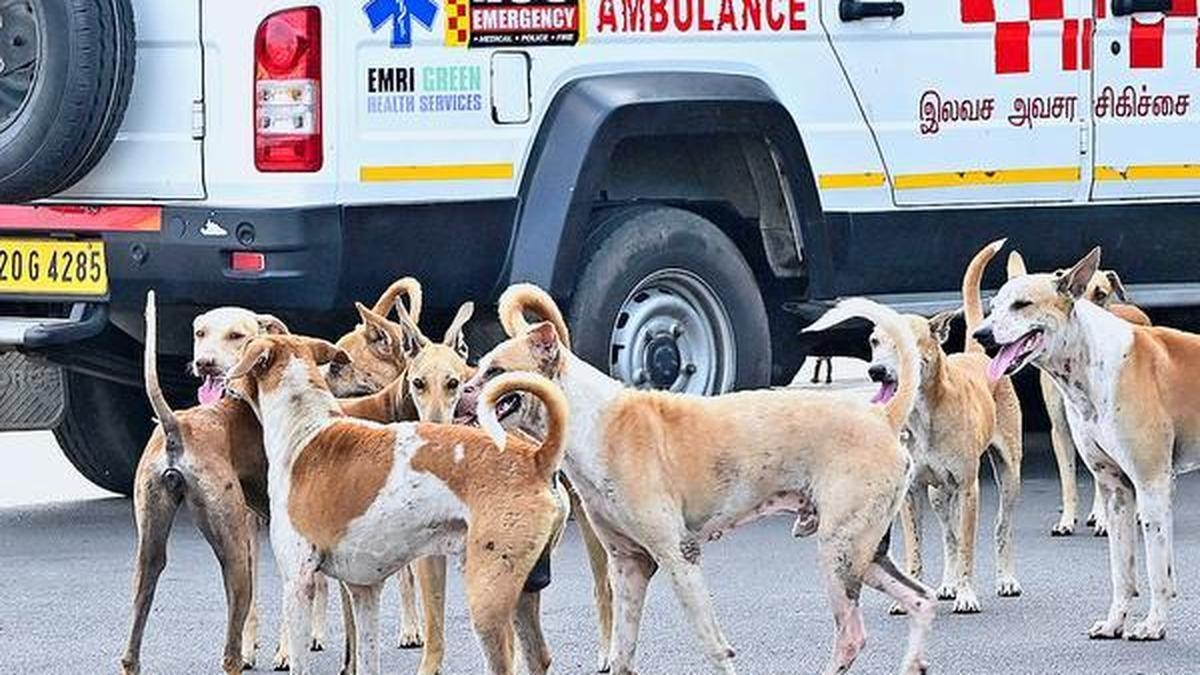
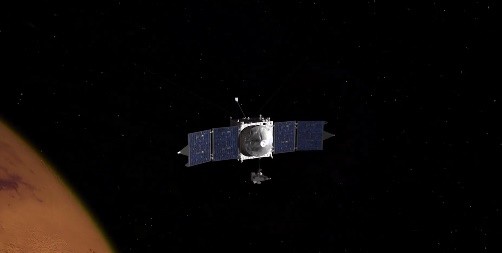


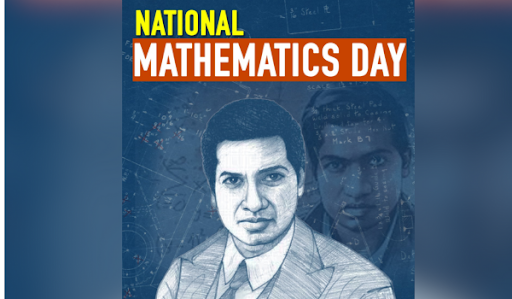


© 2026 iasgyan. All right reserved